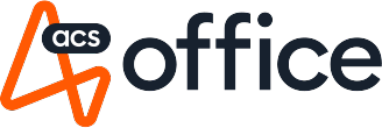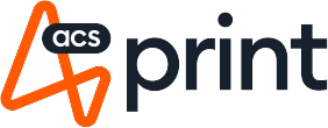Accessibility
The ACS website has been built with the intention of making the content accessible to the widest range of visitors, regardless of disability or impairment. This website aims to conform to Level A (and in parts, Double A) of the Web Content Accessibility Guidelines version2 (WCAG2.0), developed by the World Wide Web Consortium (W3C).
How we process information
My Web, My Way
The BBC provides detailed instructions on how to customise your settings to make the web more accessible. Visit their website to learn more.
Links
Links are clearly highlighted and should include descriptive titles to give more information.
Navigational Aids
All pages contain a link to the home page via the ACS logo, and the menu system has been constructed in a consistent fashion throughout the website.
Font Sizing
The font size of the website can be modified to small, medium, or large using your browser’s settings.
Downloadable Documents
This website has a number of documents that cannot be provided in HTML format. To assist users to download and share web content, some documents are available in Portable Document Format(PDF). To access PDF files download the free Acrobat Reader.
Headings
Headings are unique and designed to separate content appropriately. Screen reading software can use headings to cycle through blocks on content on the page ensuring a correct read order.
Cascading Style Sheets
Uses Alternative Text “ALT” and/or “TITLE” attributes. ALT/TITLE attributes provide a written description of the image, which is accessible to screen readers, and it is visible when the mouse is placed over the image. This is also useful for people who have images turned off on their browser, in which case a description will display where the image used to be.
Compatibility
The ACS website has been built using the responsive design methodology which means the layout will adapt to fit which ever device you are using to browse including tablets and smartphones. The website is functional in all major browsers down to Internet Explorer 8.
Images
Uses Alternative Text “ALT” and/or “TITLE” attributes. ALT/TITLE attributes provide a written description of the image, which is accessible to screen readers, and it is visible when the mouse is placed over the image. This is also useful for people who have images turned off on their browser, in which case a description will display where the image used to be.










